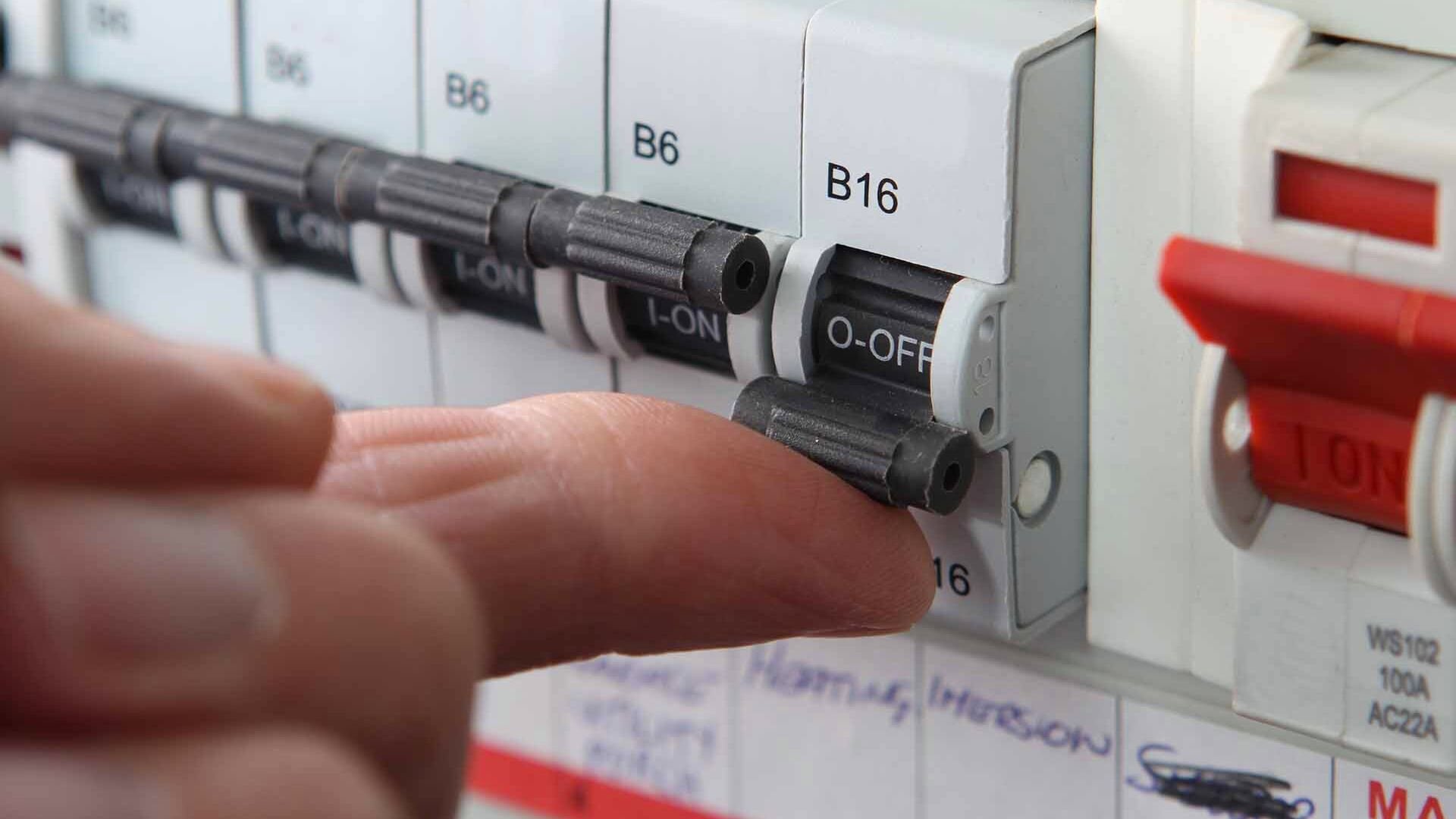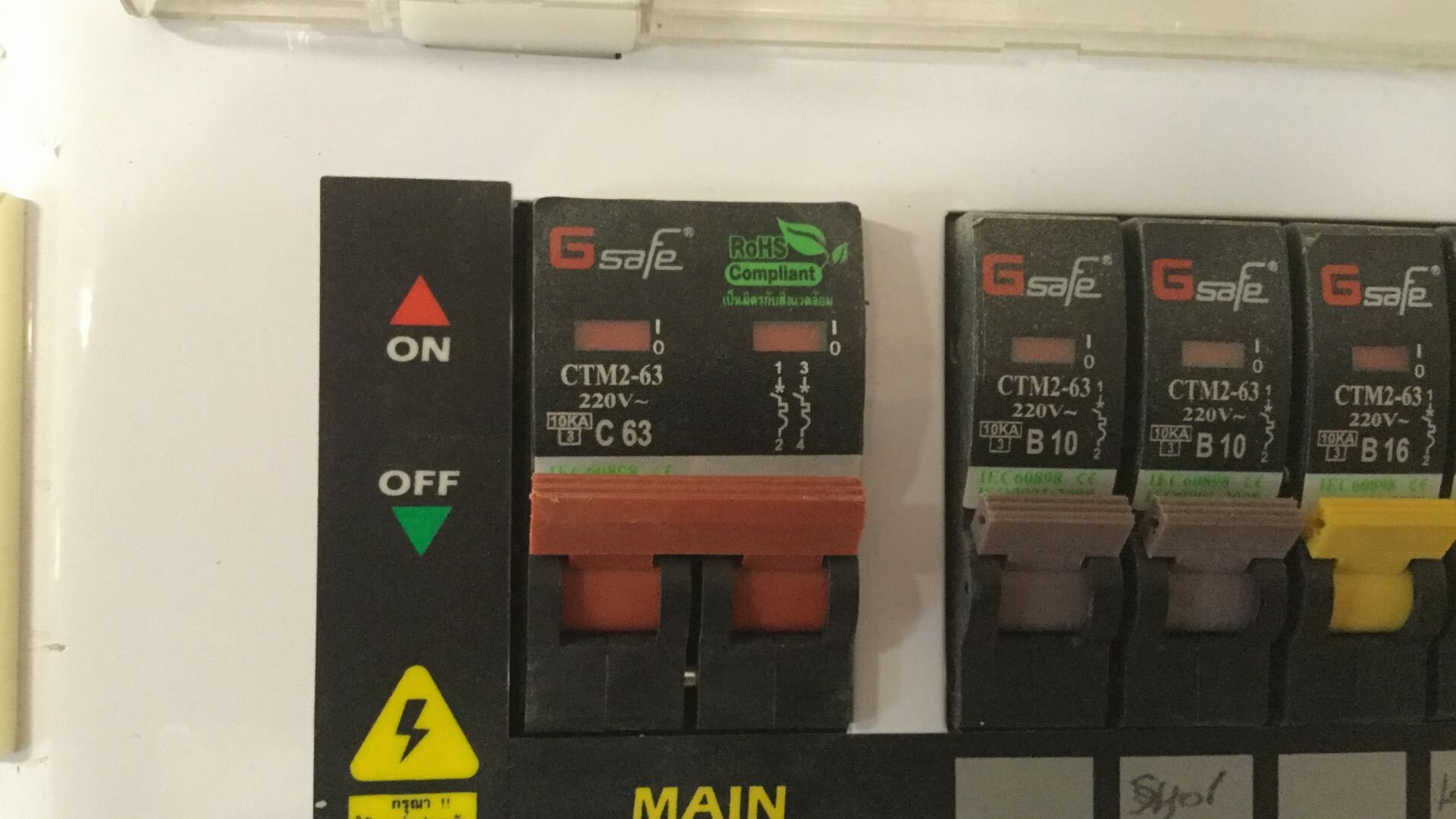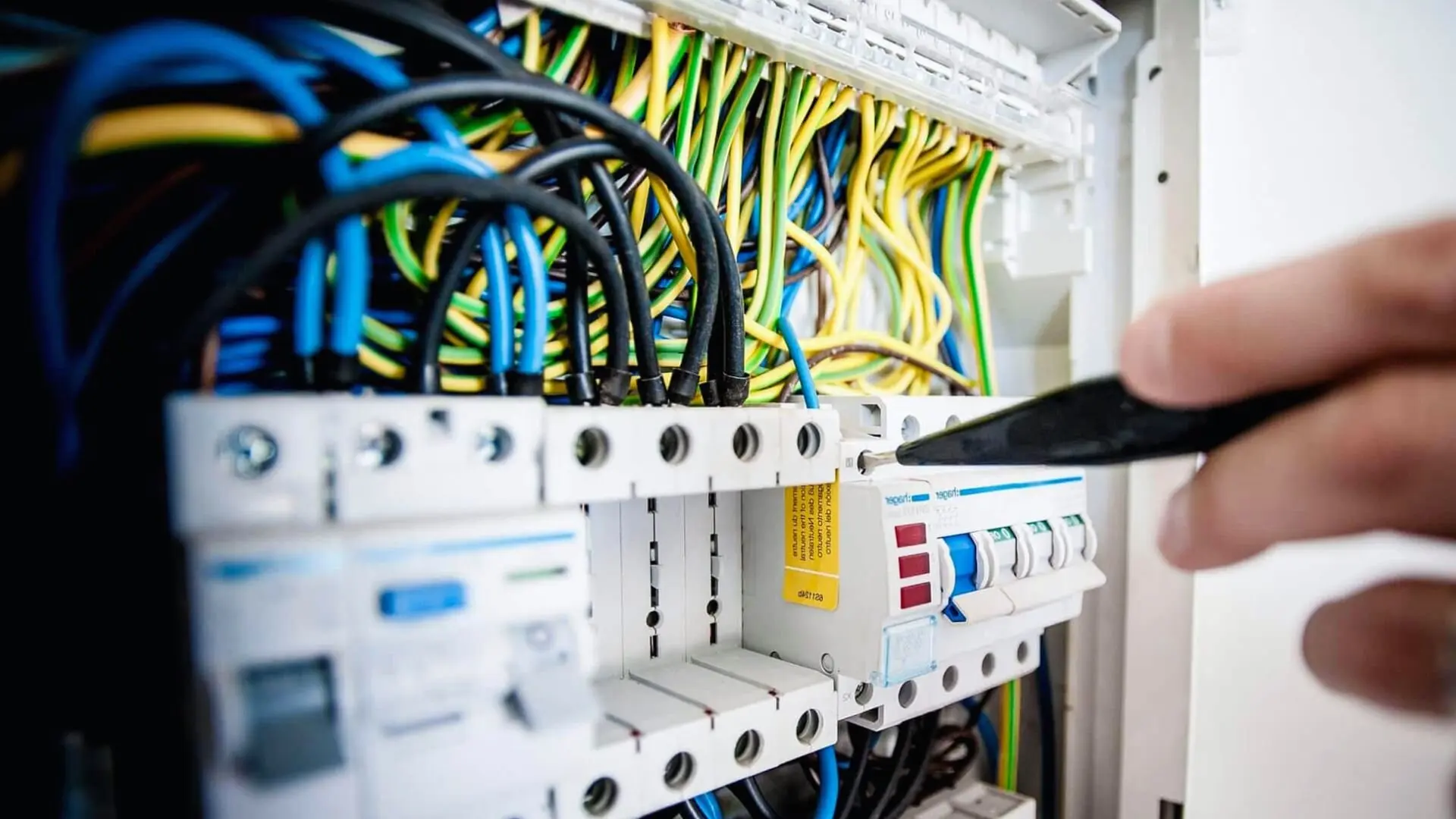
Residual Current Devices, commonly known as RCDs or RCCBs, play an important role in ensuring electrical safety in homes. An RCD is a sensitive safety device that can detect even small leakage currents and disconnect power within fractions of a second.
This helps prevent electric shocks and potential fires resulting from faulty appliances, damaged cords or wet conditions. As more electrical appliances and gadgets become part of our daily lives, the risks of accidents are increasing. RCDs act as a safeguard that monitors electricity flow and cuts off the power supply whenever an imbalance is detected.
This topic will discuss how RCDs work and why they are essential for electrical safety in residential settings.
How RCDs Work in Preventing Electrical Accidents
An RCD works by constantly monitoring the current flowing in live conductors and returning through the neutral. It compares the outgoing and return currents, and if there is any imbalance beyond a set threshold, it assumes there is current leaking through an unintended path like a person. This could be due to faulty insulation, damaged appliances or wet conditions.

The RCD can sense even minor deviations as small as 30mA. Within fractions of a second of detecting such a discrepancy, the RCD activates a trip mechanism that cuts the power supply to the circuit. This helps prevent dangerous electric shocks that could potentially stop heart functions or cause burns.
By quickly disconnecting power during fault conditions, RCDs safeguard users from harm that could arise due to accidental contact with live wires or during equipment malfunctions.
The Importance of Regular RCD Maintenance
Proper maintenance of RCDs is crucial to ensure their effective functioning as a safety device. Over time, components inside an RCD can become faulty, or its sensitivity may be reduced. This could cause it to fail during an electrical fault. It is recommended to test RCDs once every three months to verify they are working properly.

This involves pressing the test button, which should instantly trip the RCD. If it doesn’t, the device needs to be replaced. Annual inspection and calibration by an electrician is also advisable. Regular maintenance helps detect any issues before a potential shock hazard.
Homeowners should replace old RCDs over ten years old for assured protection. Proper records must be maintained of all tests. By carefully following maintenance protocols, one can be confident that RCDs installed at home provide complete safety from electrical dangers.
Ensuring Electrical Safety in Gold Coast Homes
RCDs are vital in preventing electrical accidents and ensuring home safety. As electrical infrastructure and appliance usage expand rapidly, properly installed and well-maintained RCDs have become extremely important.
By promptly cutting off power in case of current leaks, RCDs safeguard lives from electric shocks. Following maintenance schedules and replacing aging RCDs with help from experienced electrical companies like Enersol Electrical ensures these life-saving devices retain their effectiveness.
With RCDs as mandatory safety features in modern homes combined with careful upkeep, homeowners can have peace of mind knowing their family and property are protected from electrical hazards. Contact us today!